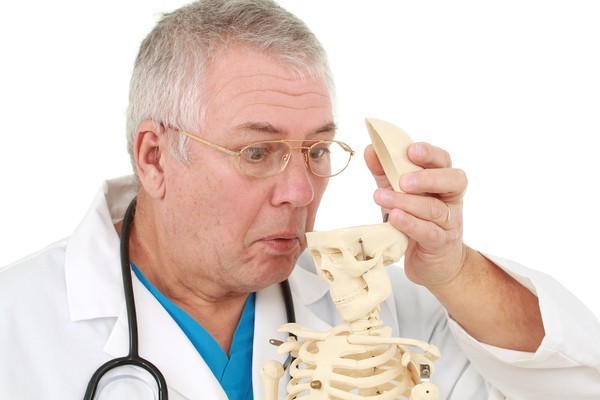Universal treatment standards will be the basis of future medical care. In oncology, a leading organization for the development of such guidelines is the National Comprehensive Cancer Network (NCCN). This national consortium of 21 National Cancer Institute designated cancer centers publishes state of the art recommendations. Modified continuously, these are internationally respected guidelines and cover more then 97% of cancers.
The 17th Annual NCCN Conference was held in Hollywood, Florida last month. Cancer guidelines were updated in several significant ways.
The general movement of the last 20 years has been to reduce the amount of surgery for breast cancer. The NCCN recommends that during breast saving surgery (lumpectomy) the surgeon test the first lymph node (“sentinel”). If there is no cancer in the first one or two nodes, then no more nodes need to be removed. The NCCN also stated, that if breast cancer patients have small cancers and normal blood tests, they do not need a bone scan, or CT scan.
In lung cancer patients, several procedures received new support. It is recommended that doctors use ultrasound-guided biopsy to sample lymph nodes in the middle of the chest (mediastinum) instead of surgery. The new guidelines also support the use of non-invasive surgery (Video Assisted Thorascopic Surgery, VATS) instead of open surgery to treat lung cancer. The use of VATS for lung cancer has increased more than 300% in recent years. The pathologic name for an increasingly common form of lung cancer was changed. Formally, called “bronchioalveolar”, it will now be called “adenocarcinoma in situ.” Finally, the NCCN emphasized the need for accurate genetic testing for “ALK”, before using the drug that targets this mutation, crizotinib.
Unfortunately, melanoma rates are rising rapidly in this Country and around the world. As in breast cancer, researchers are trying cure melanoma with less surgery and testing. For early stage melanoma the NCCN now says scans and chest X-rays are optional. In addition, if the original cancer is very thin and seems localized, lymph node surgery is not advised. In patients where the cancer has metastasized, there is excitement about the two new drugs approved for melanoma vemurafenib (Zelboraf) and ipilimumab (Yervoy). In his opening remarks Daniel Coit, MD noted these were “very exciting new agents.” At the meeting discussion focused on which patients would benefit from these drugs, understanding side affects and testing for tumor sensitivity to these medicines.
Doctors continue to be confused about when to use the ovarian cancer blood test, CA125. It is not clear whether following the tumor marker closely saves lives. For now, the NCCN recommends that ovarian cancer survivors have CA125 tested several times a year, but less often over time. The use of aggressive chemotherapy before ovarian cancer surgery was discussed. It is now clear that in patients who have a large amount of ovarian cancer when they are first diagnosed that chemotherapy before surgery helps. Such “neoadjuvant” therapy increases the success of surgery and reduces complications.
After all the confusion with PSA in the last couple of years, it was reassuring not to see much change regarding prostate cancer treatment from the NCCN. Several new drugs (radium 223 and MDV3100) are likely to be approved this year. The immunotherapy sipuleucil-T (Provenge) has been extended to prostate cancer patients with pain or other symptoms. Previously, it was recommended only for men who felt completely well despite cancer relapse.
There was an extended discussion about cancer treatment in young adults. While survival in children and older adults has increased in recent years, it has not changed significantly for men and women in their 20s. There are multiple problems including insurance coverage, a lack of interest by young people in experimental trials, inadequate social support and poor compliance with treatment recommendations. Unlike other nations such as Australia or Britain, the United States does not have large cancer programs specifically for teens and young adults.
Attendants at the meeting were reminded that in 2011 the NCCN published the first guidelines recommending the yearly use of low dose helical CT lung scans for smokers. The data is felt to be extremely strong. High risk smokers were defined as 55 to 74 years old with a history of 30 or more pack – years (years smoking x packs per day), even if they stopped smoking up to 15 years ago.
The NCCN and similar study groups continue to lead the way in cancer and other illness. By publishing uniform guidelines, they give every doctor and patient a place to start when choosing tests and therapy.







1 Comment